How 'Pachinko' Uses Beauty to Create a Timeless Period Piece
The series’s showrunner and hair and makeup designers on the show’s braids, less-is-more makeup, and creating \201chonest portraits.\201d
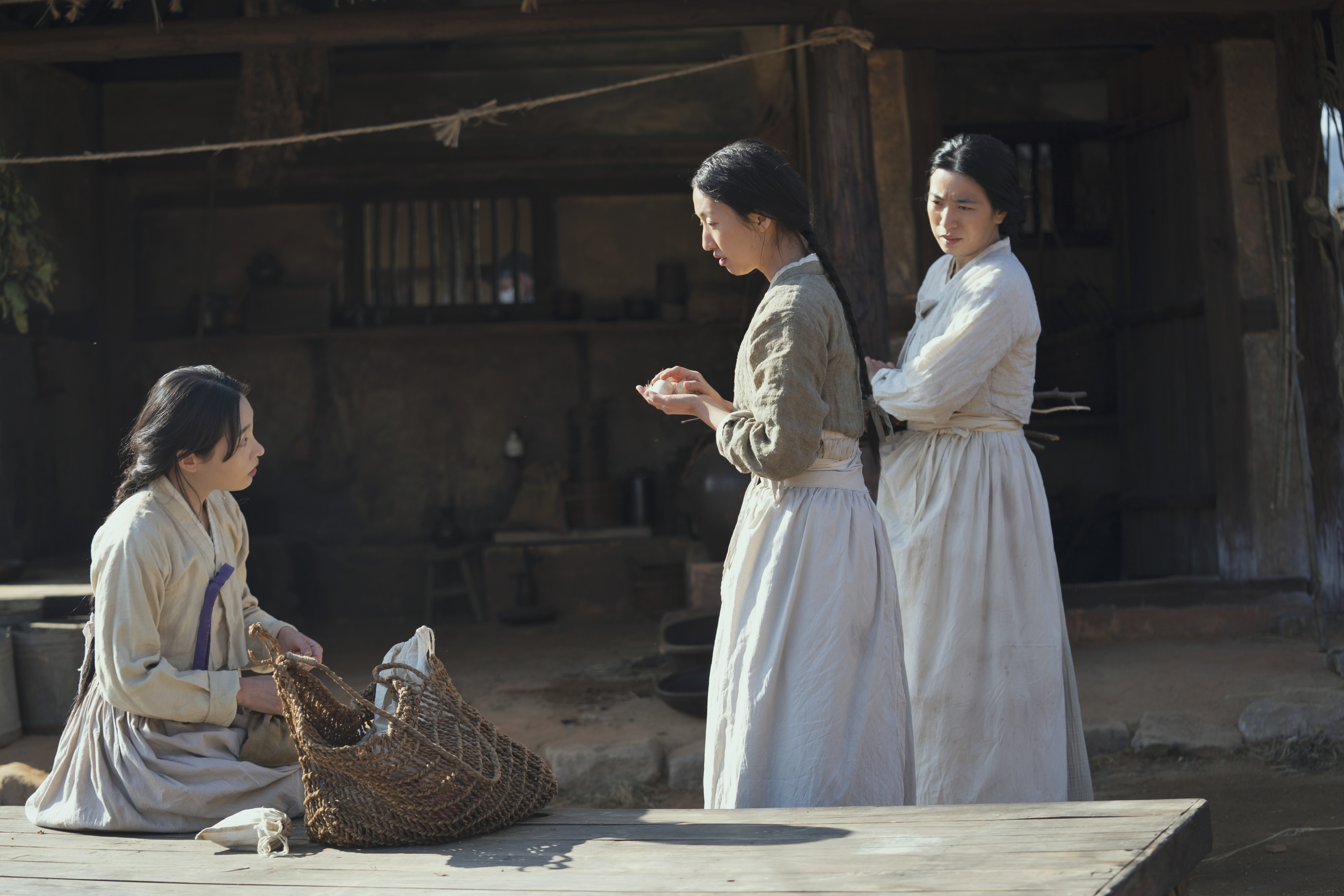
Pachinko, based on Min Jin Lee’s 2017 best-selling book of the same name, weaves a narrative that shifts between 1910 and the late 1980s. The result is a sweeping story about resilience and strength, especially for women. For the series, showrunner Soo Hugh assembled a team that included the likes of directors Justin Chon and Kogonada, along with formidable actors like Lee Min-Ho (Boys Over Flowers) and Youn Yuh-Jung (Minari) as well as relative newcomers Minha Kim and Jin Ha, to tell the tale of multiple generations of Zainichi (Korean diaspora in Japan) families.
Since the eight-episode Apple TV+ show portrays a sensitive part of history that included Japanese colonization of the Korean peninsula, Hugh says she was hyper detail-oriented and faithful to period credibility. She sought out a hair and makeup team that she could trust to see that vision through, eventually landing on hair designer Sanna Seppanen and makeup designer Rebecca Lee.
“I was keen to find people who came to this production with blindspots acknowledged, especially as they relate to ethnicity and period history,” Hugh tells Marie Claire via email. “We are telling a very specific story of a Korean-Zainichi family, and while the show is a work of fiction, it's still crucial to be as truthful to these characters as possible.”
The team’s mark is striking in its barely-there approach. The simple, natural looks remind audiences that we are watching history through the eyes of ordinary people.
“The mandate from day one was that each character had to feel as real and present as the people we know in real life,” Hugh adds.
In the run-up to the lauded show’s season 1 finale on April 29, the showrunner and the hair and makeup designers spoke with Marie Claire about their design process and the subtle nods to history they incorporated into characters’ looks.
Marie Claire: What was the research process behind the hair and makeup looks, since the show has to span across so many different historical time periods and geographies?
Soo Hugh: In terms of historical fidelity, I worked extensively off of photographs [of 1910-1989] as a launching point. In general, I try to stay away from other movies and other tv shows' depictions of the past for fear of being swayed by “interpretation.” Each department created detailed lookbooks which consisted of reference materials for characters and time periods. From here, with the directors, we built the looks for each character in each of his/her scenes, making sure that hair and makeup added a layered dimension. Building the hair and makeup “narrative” involved many, many conversations followed up by several rounds of tests. I don't believe in painting in too broad of strokes; all those tiny details matter. Rebecca and Sanna full-heartedly embraced this process with so much spirit.
Stay In The Know
Get exclusive access to fashion and beauty trends, hot-off-the-press celebrity news, and more.
Sanna Seppanen: The research aspect is always my favorite because it's a deep dive into a really specific historical time. When you're looking at it from a personal perspective, or a small personal story, it's really wonderful the sort of material that you can find online. Now you can find personal letters from grandmothers who have lived through that time; you can find all sorts of minute details about what life was like then. You really start to see and feel and even smell what the ground would have felt like and what the village was like through some of the stories that you find online. There's so many fascinating photographs [too]. Once you start the deep dive, going from Korea to Japan to China, and follow the history of hairstyles—how it changed; what made it change—you have this really honed in understanding, culturally, what was happening.
Rebecca Lee: Historical advisors were made available to us that we could access any time to ask questions. Something we also learned, [which] was kind of interesting, was [to get] off our own North American browsers… Korean browsers will use a whole new scope of images and reference material… [Camera tests] can also change things dramatically. We’ll [think] one thing and [on camera tests] it's not leaning the way we thought. Or [we’ll think]: There they are, oh my goodness. The actor can see that we can feel it. And we've helped [the actors] find that character.
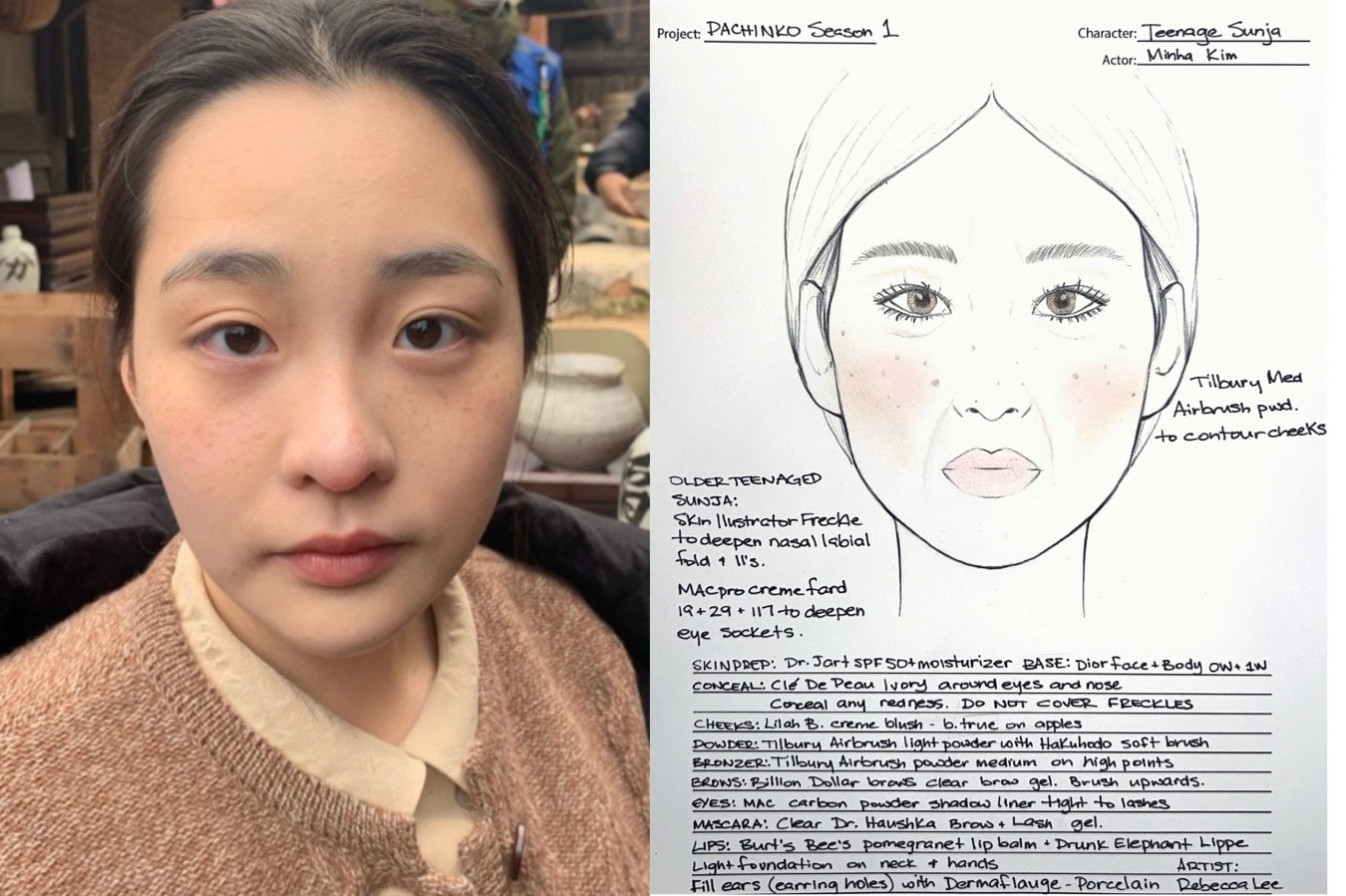
Notes from the hair and makeup team for teenage Sunja’s (Minha Kim) look.
MC: The first thing I noticed about Sunja was that her hair was in a braid tied with a piece of torn fabric. Tell me about the inspiration behind her look.
SH: Hairstyles during the first half of the 20th century in Korea were not only a clear indicator of class and wealth but also sexual innocence and marital status. You said a lot to the world in how you styled your hair. It was a very deliberate, public code system. Changing hairstyles also evocatively illustrated the changing inner psyche, as well. We see this in Sunja most distinctly. As she grows up, and her eyes open to the world's trials and tribulations, her hairstyle evolves. She is transforming from girl to woman right before our eyes. It's subtle but powerful.
As for the fabric used to tie her hair... We wanted to convey the pragmatism of life during these times. They wouldn't throw away extra fabric just as they wouldn't throw away any parts of a butchered animal. Everything has its purpose. At the same time, we wanted to acknowledge our characters' inner vanities. This is so human, no matter what time period you live in. That's why I love those little details like the fabric used to tie Sunja's hair—utility meets beauty.
MC: Many audiences immediately think of shows like Bridgerton or The Great when imagining “period pieces”—where wigs and accessories are much more noticeable. How did you ensure Pachinko stood out as a period piece without those overt visual cues?
SH: We wanted as naturalistic a look as possible, especially as it relates to close-ups in our show. Each close-up should feel like an honest portrait… some of our Korean actors were used to being made up more on camera and felt really strange at first that we weren't covering everything up. But [why] would we want to cover up all the wonderful nooks and crannies of a face? Those are the marks of the human spirit. We were constantly rubbing lipstick off of our actors.
SS: When you especially have black hair, sometimes you can lose some of the detail [on camera] because black tends to absorb a bit of light. We're fighting that all the time to try to exaggerate [the hair] without making it look overdone… For Minha who has to play many ages… [her hair] would start to creep up a little bit towards her crown and make her look a little bit more mature and a little bit warm. And as she's growing up—as she moves to Japan and starts to become more sophisticated by seeing all the women in the market and what fashion looks like—she starts to brush her hair and notice her change in her evolution.
RL: When it came to Minha…we didn't want makeup to be distracting on her. We wanted her to be really just very beautiful and very, very natural. And she does have those incredible freckles. That became a [visual] way to tell the audience [her] lineage. So Mozasu [Sunja’s son, played by Soji Arai] and older Sunja [played by Youn Yuh-Jung] also have freckles. We didn't want to lose that.
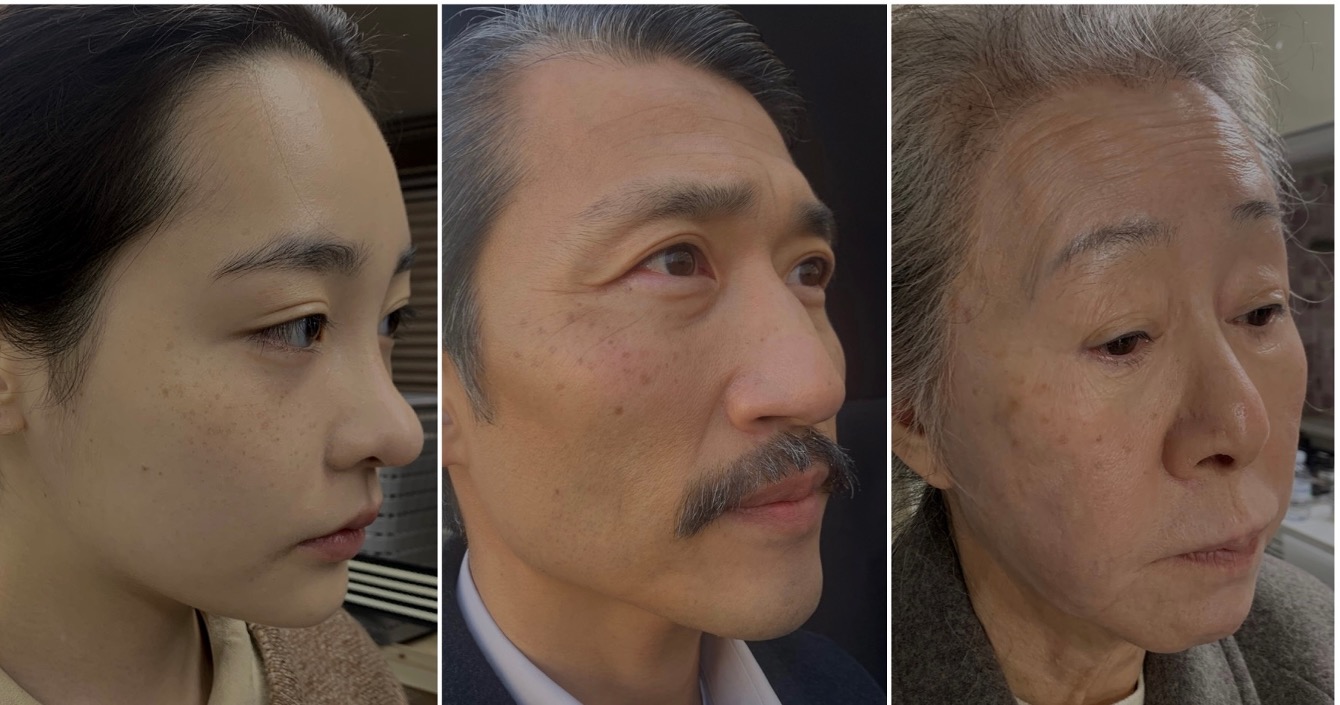
L to R: Minha Kim as teenage Sunja; Soji Arai as Sunja's son Mozasu; Youn Yuh-Jung as older Sunja. Makeup artist Rebecca Lee incorporated Kim's natural freckles into the other actors looks to show the family's lineage.
MC: How do you take something like colonization, that can be an abstract idea for audiences, and make it very tangible through hair and makeup?
SH: The simplest answer is the compare and contrast between Sunja's past storyline with Solomon's [Jin Ha] 1989 narrative. It should feel like an aesthetic jolt to the system to see how much things have changed on a personal expression level. Look at Naomi, especially. Her makeup and hair says so much about her—the look is strong and professional, but not so far as to scare away a society that is still very much ambivalent about a woman's place in the workforce.
SS: Hair is something, obviously, that you take with you. Your status, your stature, and who you were before you were made to live in a different way or under a new regime is something that you can carry on; it gives you a certain amount of comfort or pride. It's also your game face. You put it on to say, “This is who I am and this is what I stand for.” You're learning. You're changing as a human. And how that's represented on the outside is by taking those small bits from the country you've moved to or your new surroundings and integrating them into your look so that you blend in but also that you feel accepted by the people you're around. It is a really big internal struggle. There's a certain amount of fighting it, perhaps in the beginning, but then understanding it and having some compassion, also, for the people who might be imposing it.
For some of the men, it's a sad story that they wore a top knot and then that was removed. That was disgraceful and demeaning. Fisherman Byung [played by Leo Joo], whom we see in the first episode, has got a slightly rebellious nature. He has his top knot [still] because he is not going to be part of this society, and he is very overt about it. Those were little nuances that we hope will help to tell that story of what was happening in the country, socially, at the time.
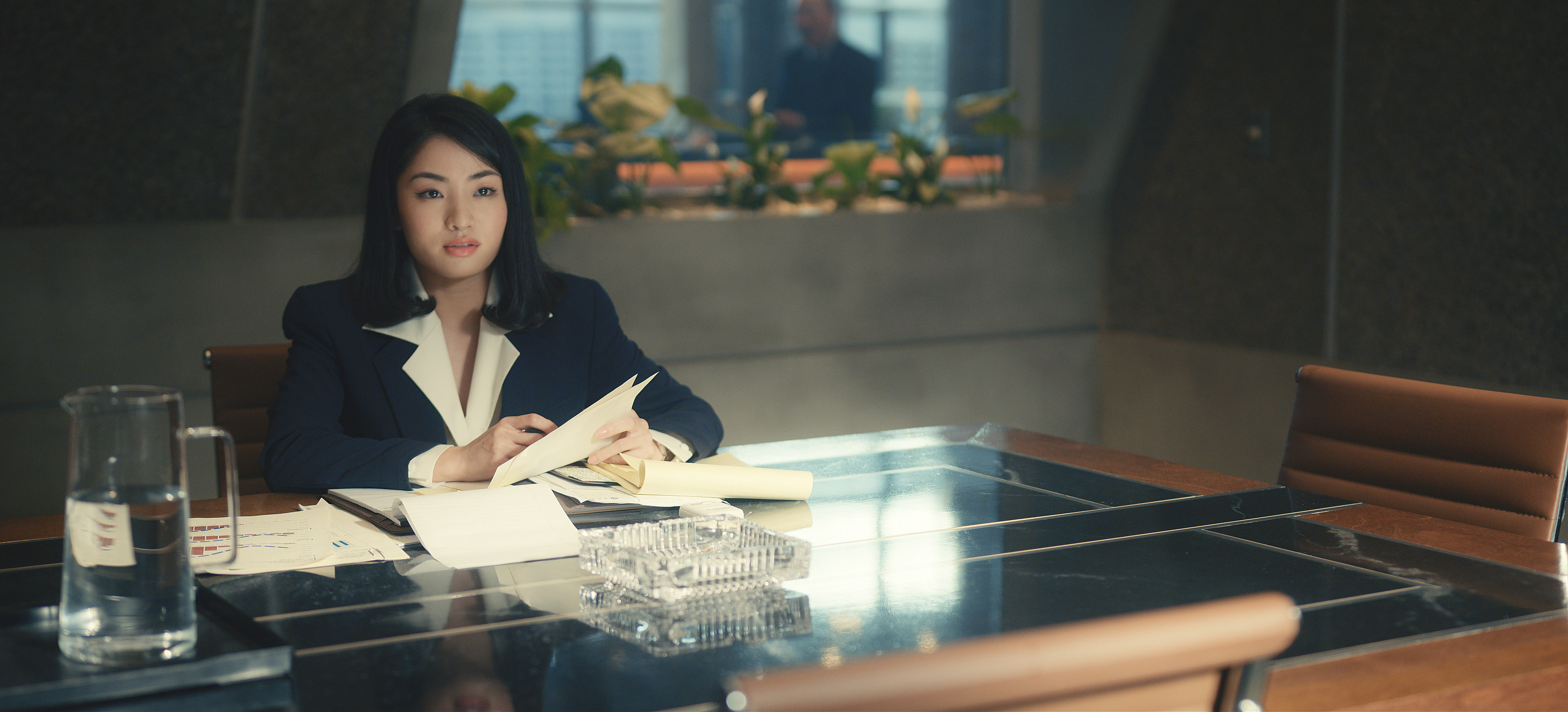
Actress Anna Sawai, who plays Naomi, had long hair which was cut into a bob for the series.
MC: Each character's face is a reflection of their past life experiences—I think of Koh Hansu's eyebrow scar (which is explained more in episode 7). How did you go about planning this when it came to the logistics of the shoot, storytelling, and working with 300+ actors?
SH: I love that scar, and that was Kogonada's idea. Bizarrely, when I met Minho [Lee Min-Ho, who plays Koh Hansu] for the first time, I noticed a scar on his face, exactly where we intended it to be. It was such a shock. I realized, in some ways, it was fated. As to the logistics of the shoot, we had an incredible production team in two countries that worked tirelessly to keep this afloat. People really gave us their sweat and tears… But there's a reason why this first season took four years to make. The pandemic was a factor, certainly, but so much work went into the preparation, shooting, and finishing of the show. I don't know how we could've made it any faster, and it was worth it.
RL: In terms of the aging or making the characters look younger, we tried to do that in a really subtle way. So rather than go with lots of prosthetics, [it] was done by the makeup artists, just with paint, [using] highlight and shadow in quite a simple way to not, again, distract from the characters. A lot of what we tried to do was keep everything very real, like, beyond just as real as you could. So if that meant a flyaway, or a little bit of a sheen [it was OK].
SS: And then just using different wigs and different amounts and volumes of hair [was important] because it was challenging to draw them back seven years younger. Sometimes people don't age or change that much during that time period of their life. But in order to tell the story and show the difference of what his growth was [we needed to]. During episode 7, we learn a lot about [Koh Hansu’s] family history and where he came from. And that maybe by the time we saw him at the beginning, or the end of episode one, a bit of that innocence is lost. And so how has that transformed him as a man and as a person? And then as the character? How can we show that innocence gone and how can we show the sophistication and the worldliness he's acquired?
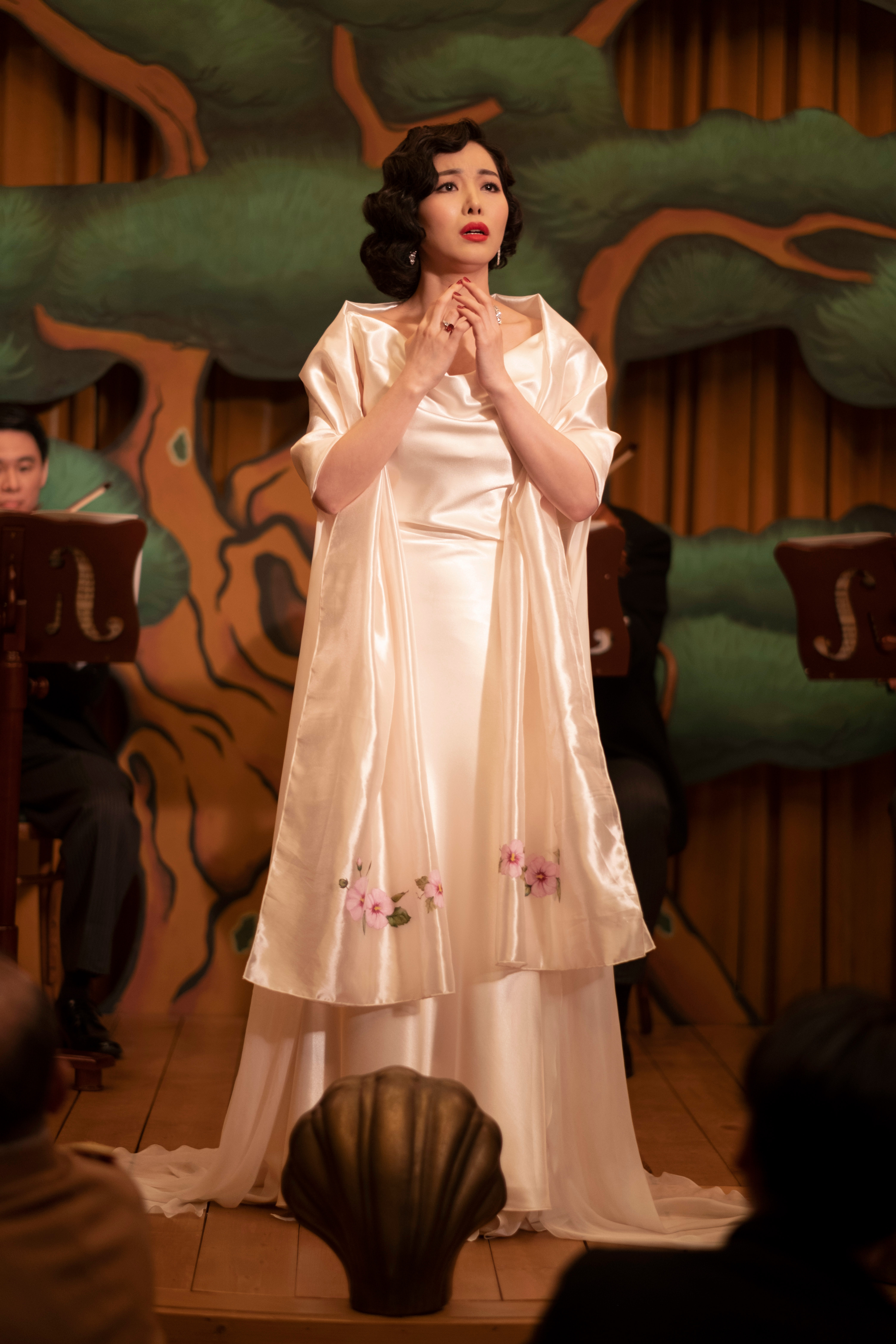
A Korean opera singer, played by Ji Hye Lee, sings on a ship for a Japanese audience.
MC: Did you have a favorite look in the season?
SS: One that was really special and really fun was the opera singer [in episode 4, played by Ji Hye Lee].
RL: Hoonie, Sunja’s father, needed a little bit of a prosthetic [because of his cleft palate and twisted foot]... You could see some of the struggles he'd been through in his makeup and DaeHo [Lee] was a wonderful actor. And in the ‘80s, Kaho [Minami, who plays Etsuko] with her heavy, heavy ‘80s makeup was a lot of fun to research. We created that together with costumes—bringing out those really strong colors. She just became the character in front of me when we did that makeup. Also Anna [Sawai], who plays Naomi, showed up with very long hair and we cut it into that super bob. We were figuring out the perfect length to give her that dynamic, strong character she becomes—a sort of powerhouse Japanese businesswoman.
And [I loved] when we actually managed to get Inji [Jeong]’s hair [who plays Yangin, Sunja’s mother] down into a braid and into that really traditional, older Korean style. You feel these small victories when these things come together.
SH: I love the time spent on our background and extra actors. We didn't want them to come across as just set dressing. Again, we wanted portraits in this show. So even the hair and makeup for background actors were given a lot of attention. It shouldn't be too obvious but feel like the overall patina of our show—people matter.
Helen Li is a storyteller whose podcast work and writing focus on youth civic engagement, labor, technology, and identity. You can follow her @helenliwrites.
-
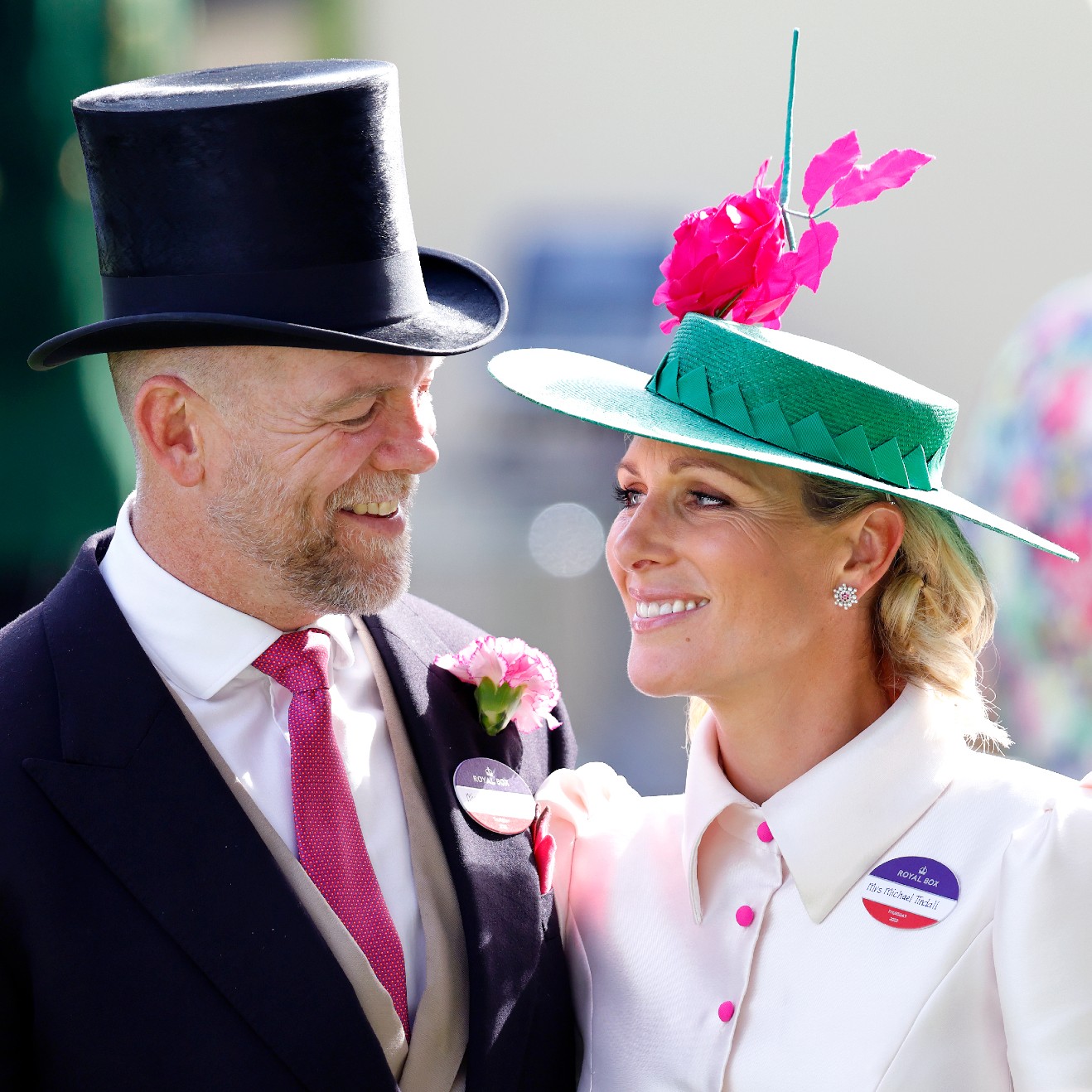 Princess Anne's Unexpected Suggestion About Mike Tindall's Nose
Princess Anne's Unexpected Suggestion About Mike Tindall's Nose"Princess Anne asked me if I'd have the surgery."
By Amy Mackelden Published
-
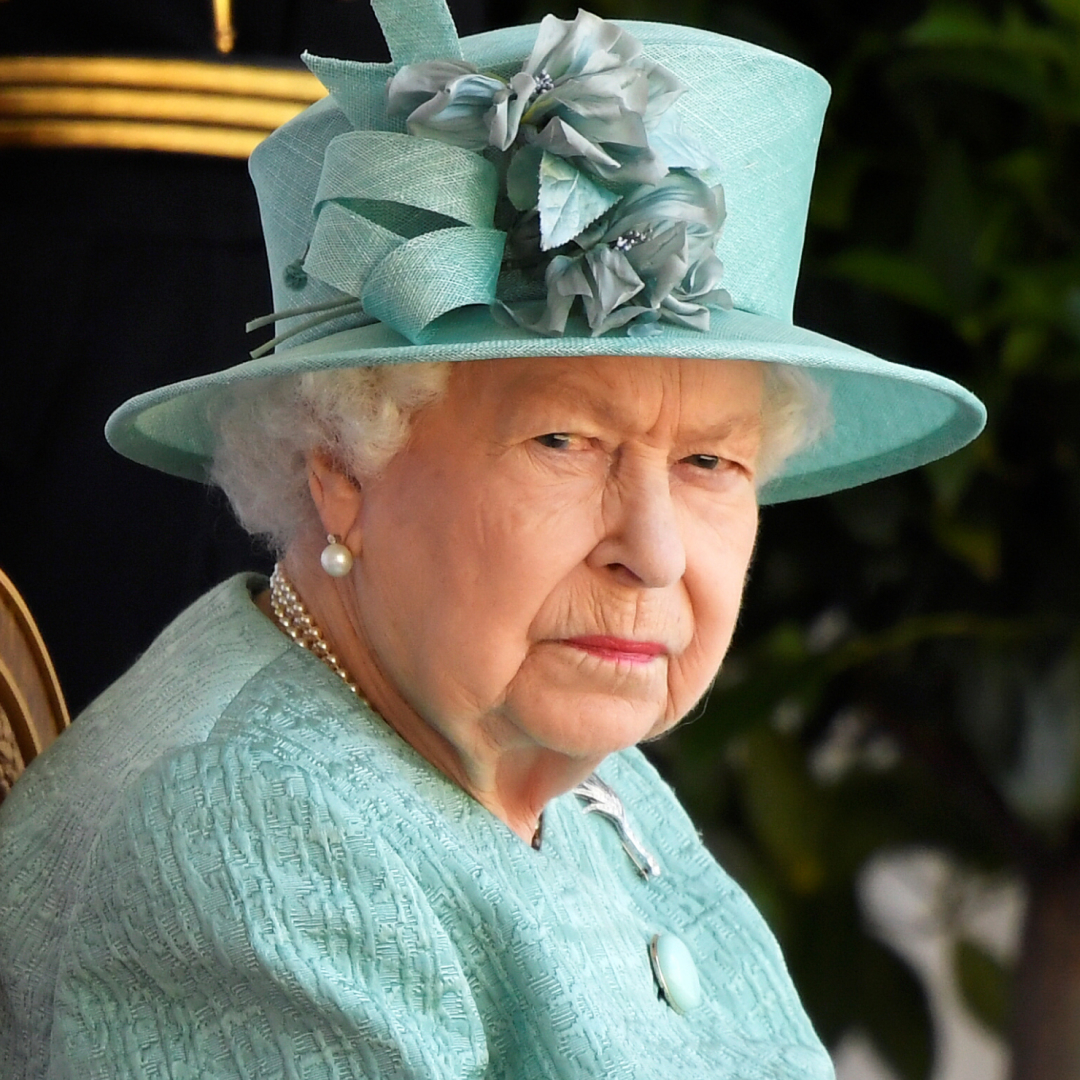 Queen Elizabeth's "Disapproving" Royal Wedding Comment
Queen Elizabeth's "Disapproving" Royal Wedding CommentShe reportedly had lots of nice things to say, too.
By Amy Mackelden Published
-
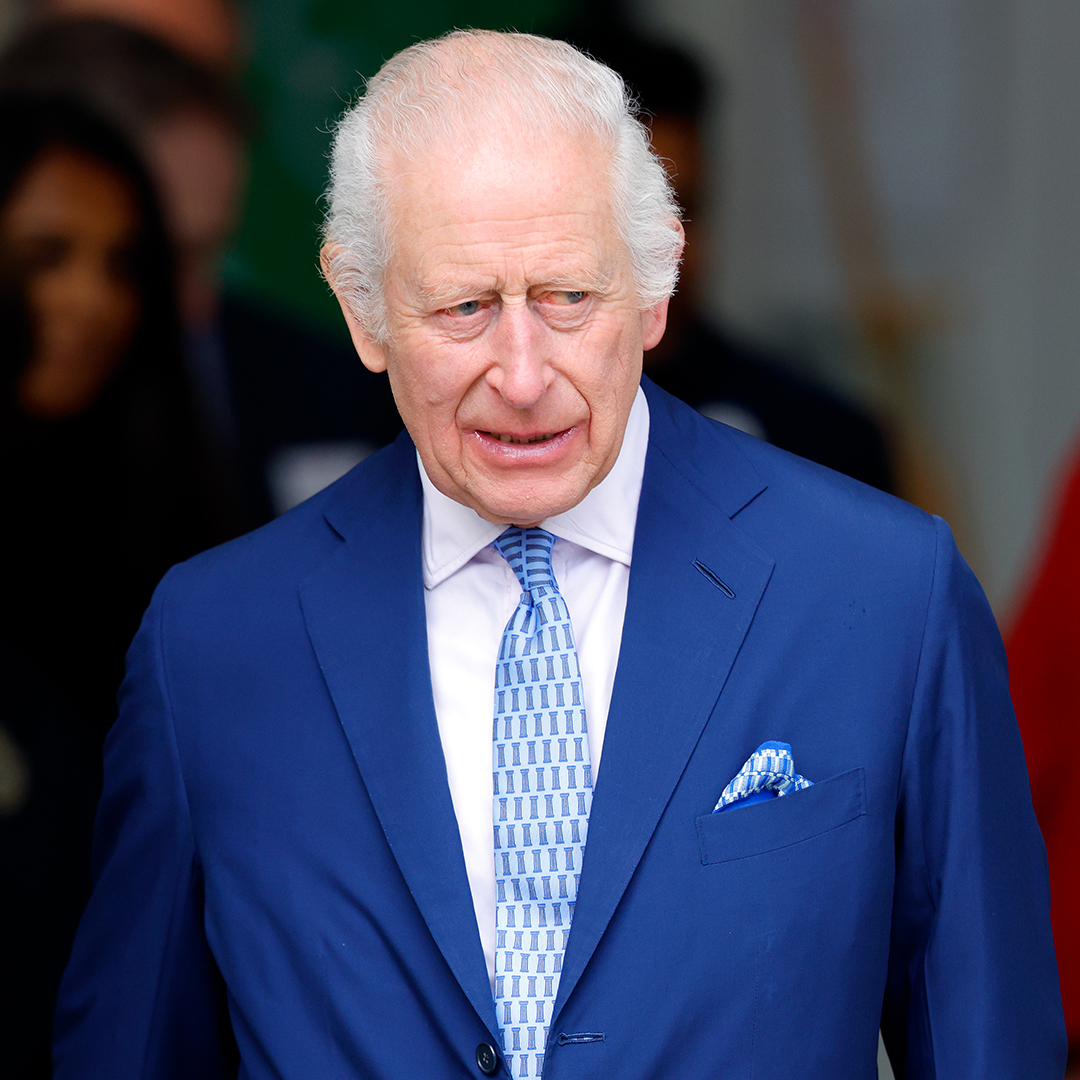 Palace Employees "Tried" to Get King Charles to "Slow Down"
Palace Employees "Tried" to Get King Charles to "Slow Down""Now he wants to do more and more and more. That's the problem."
By Amy Mackelden Published
-
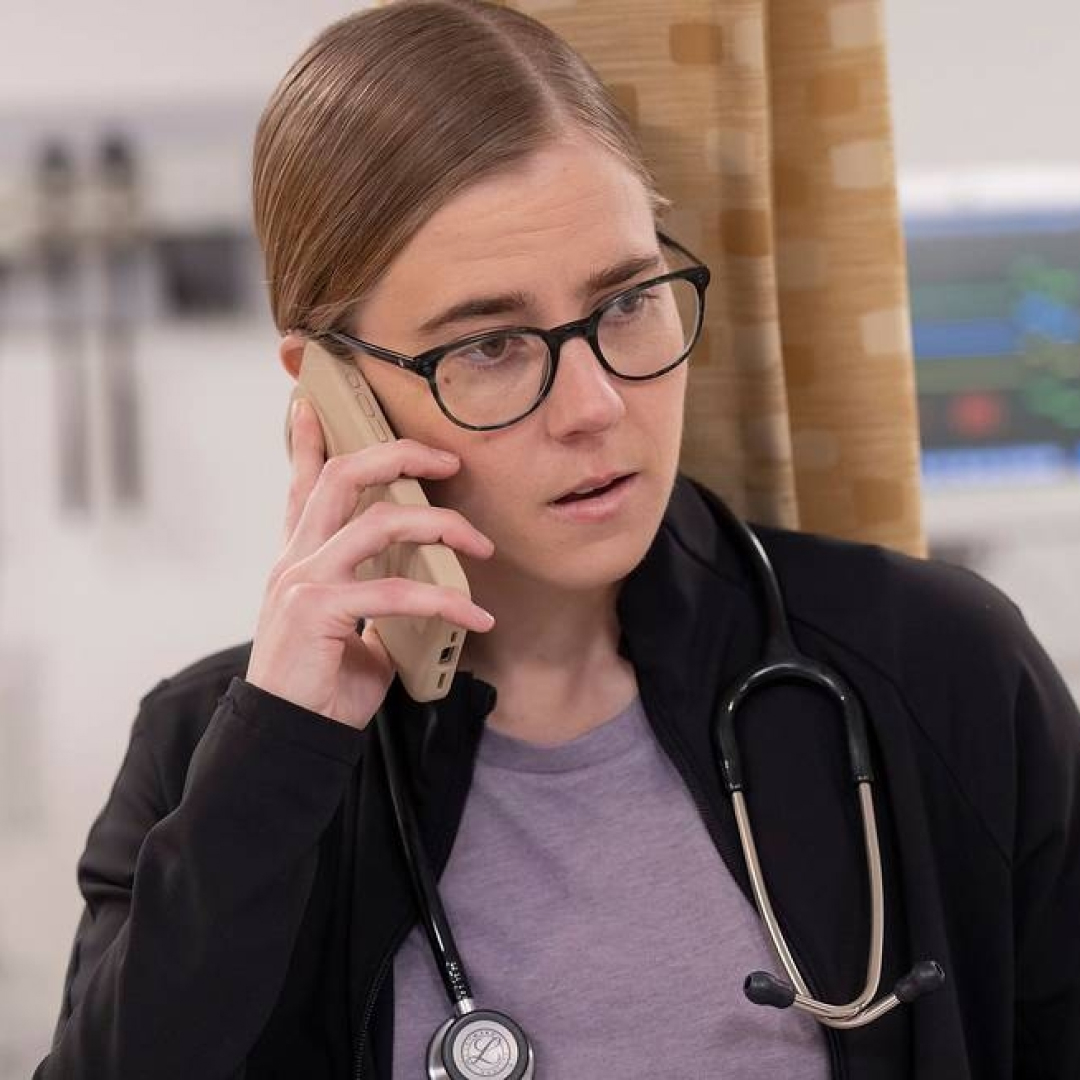 What to Know About Taylor Dearden, the Actress Who Plays Dr. Mel King on 'The Pitt'
What to Know About Taylor Dearden, the Actress Who Plays Dr. Mel King on 'The Pitt'Here's what to know about the Max series's breakout star, who just so happens to come from TV royalty.
By Quinci LeGardye Published
-
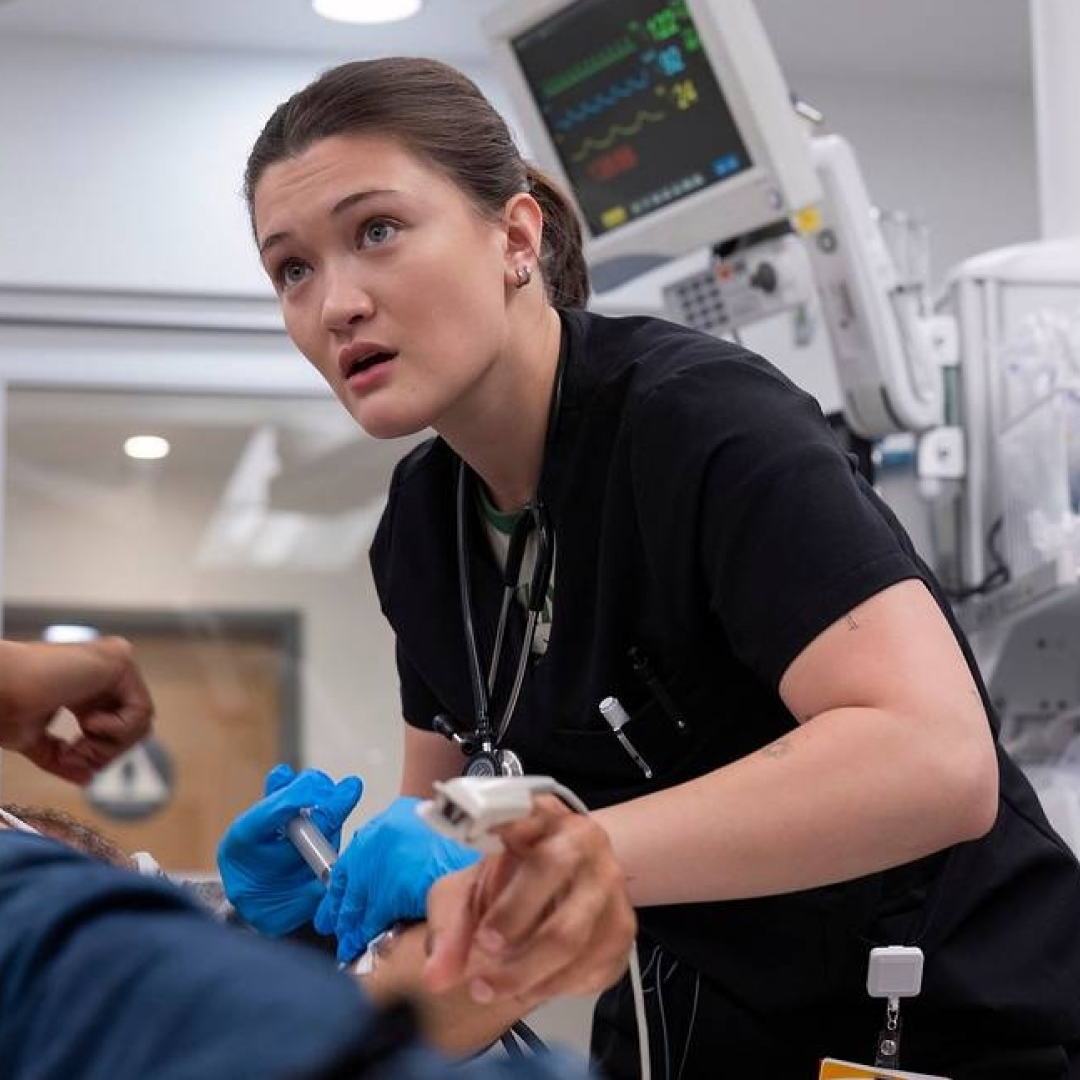 We Owe Dr. Trinity Santos From 'The Pitt' an Apology
We Owe Dr. Trinity Santos From 'The Pitt' an ApologyThe season finale of the smash Max series proved that the most unlikable character on TV may just be the hero we all need.
By Jessica Toomer Published
-
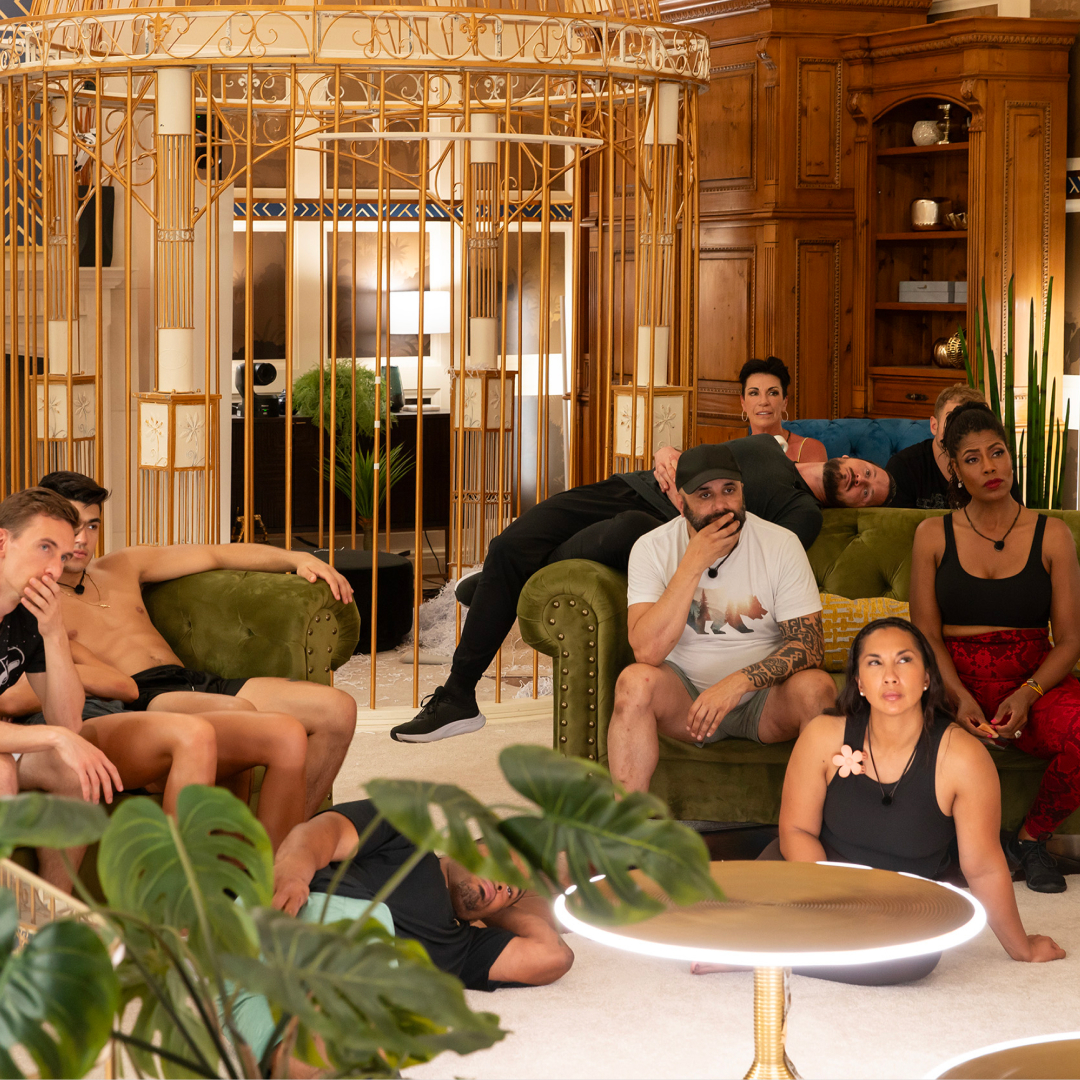 Meet the Cast of Hulu's New Reality Show 'Got to Get Out
Meet the Cast of Hulu's New Reality Show 'Got to Get OutHulu's answer to 'The Traitors' is here.
By Quinci LeGardye Published
-
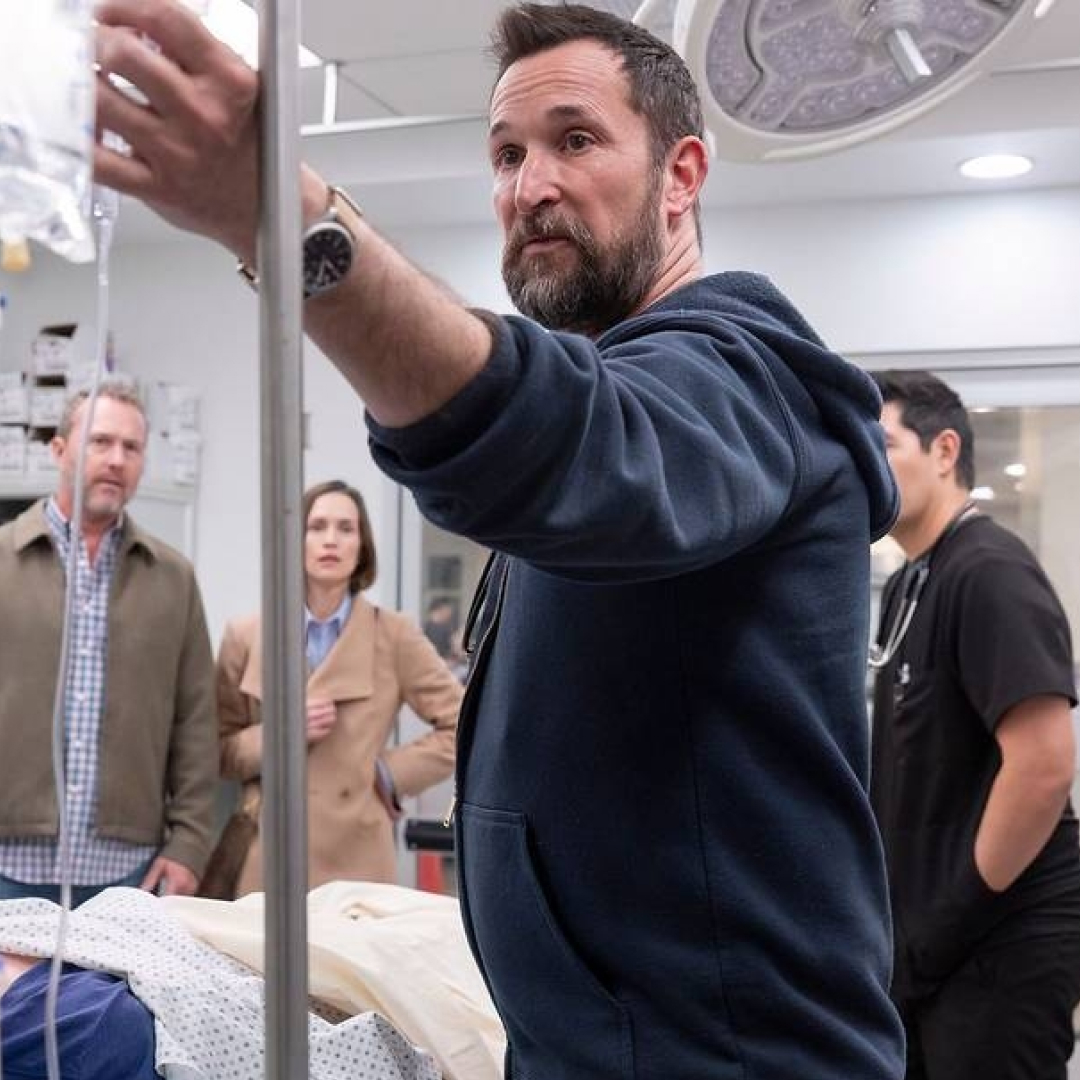 'The Pitt' Season 2: Everything We Know
'The Pitt' Season 2: Everything We KnowHere's where the hit Max medical drama could go after its gripping finale.
By Radhika Menon Published
-
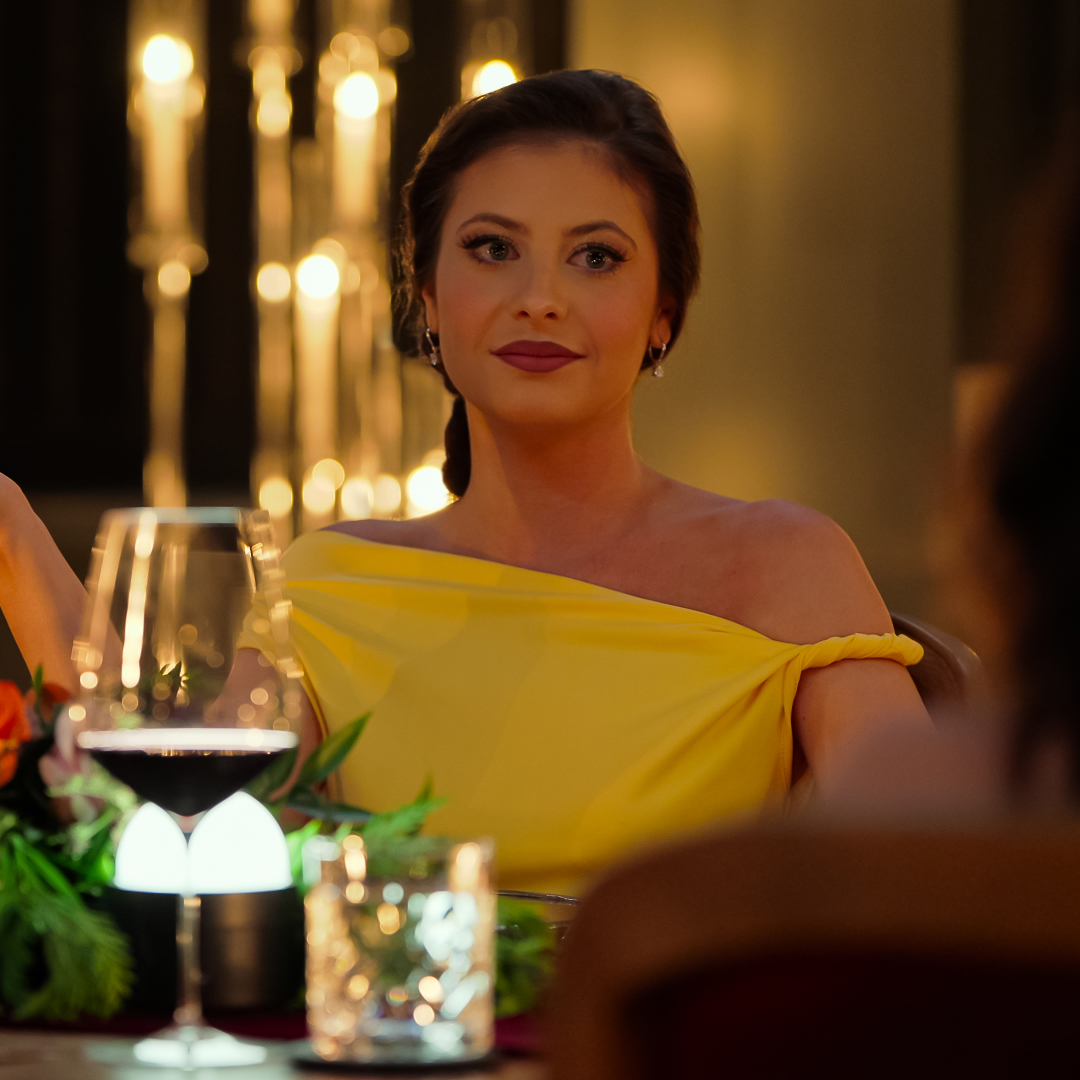 Who Won 'Million Dollar Secret?' All About Winner Cara Kies
Who Won 'Million Dollar Secret?' All About Winner Cara KiesHere's what to know about the In-N-Out line cook who took home the prize pot.
By Quinci LeGardye Published
-
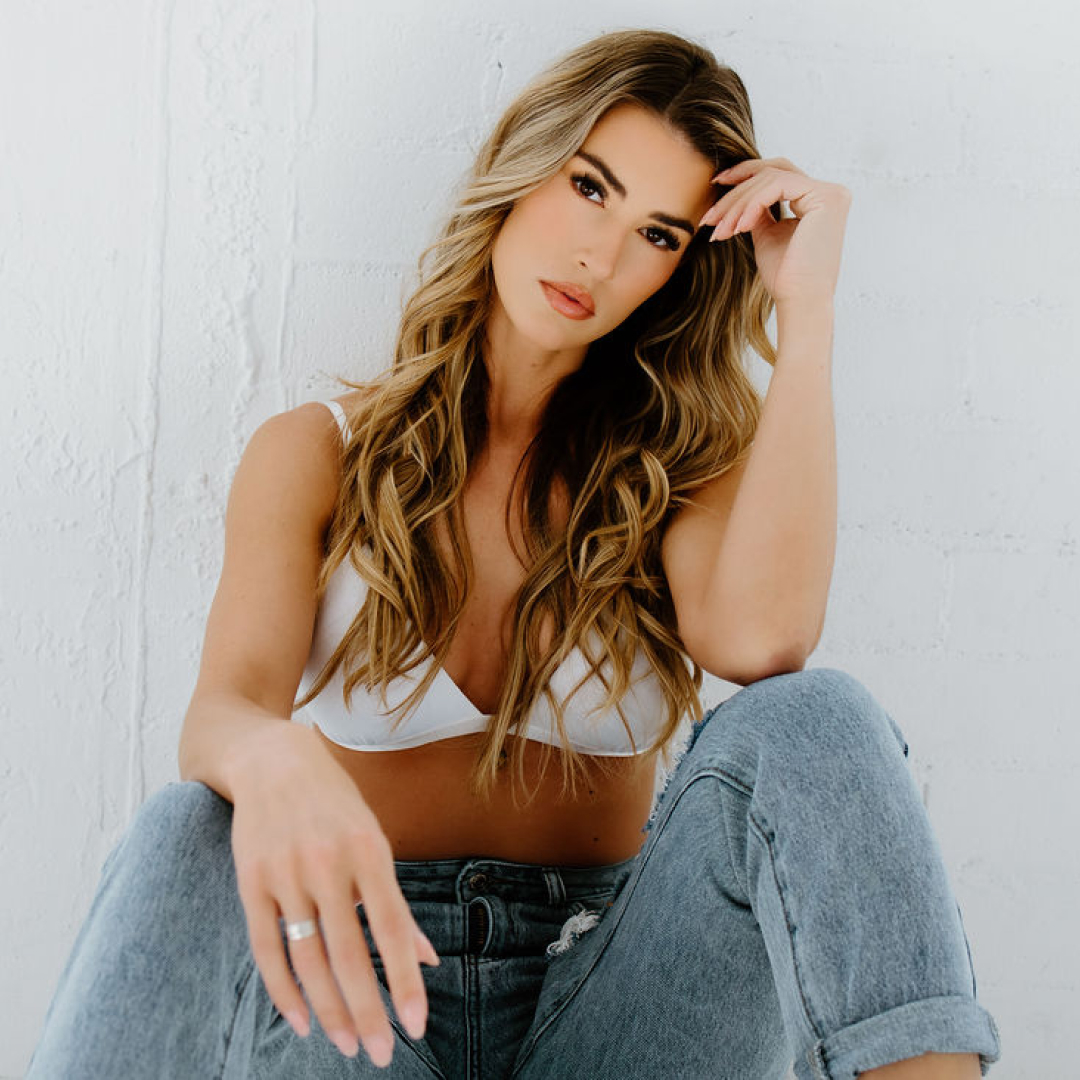 Sydnee Falkner Is More Than the 'Million Dollar Secret' Mean Girl
Sydnee Falkner Is More Than the 'Million Dollar Secret' Mean GirlThe reality star dishes on everything from her regrets and the finale to what you didn’t see on-screen in Netflix’s latest hit.
By Quinci LeGardye Published
-
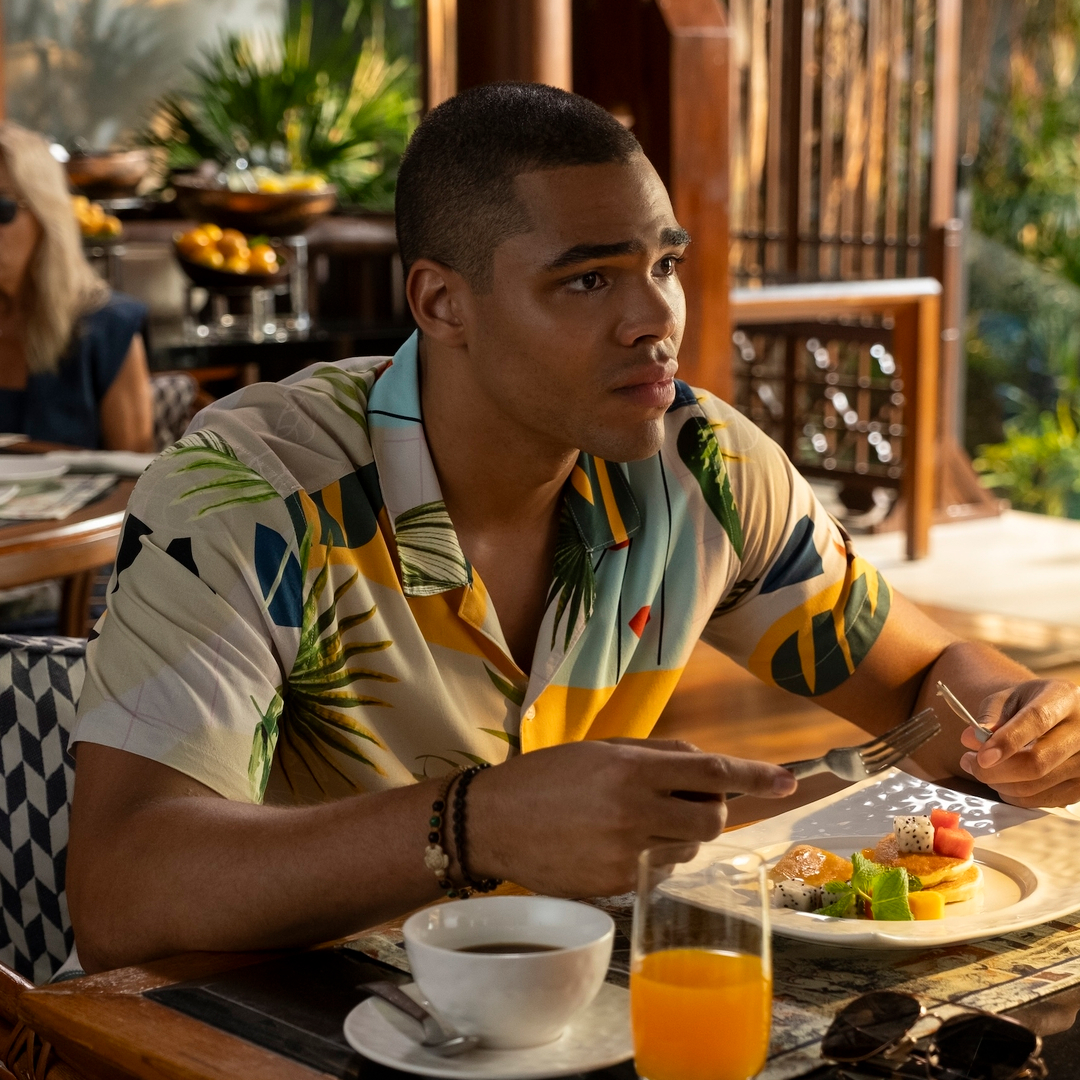 Meet Nicholas Duvernay, the Actor Who Plays Zion in 'The White Lotus' Season 3
Meet Nicholas Duvernay, the Actor Who Plays Zion in 'The White Lotus' Season 3We can't stop thinking about his scene-stealing performance in the finale.
By Quinci LeGardye Published
-
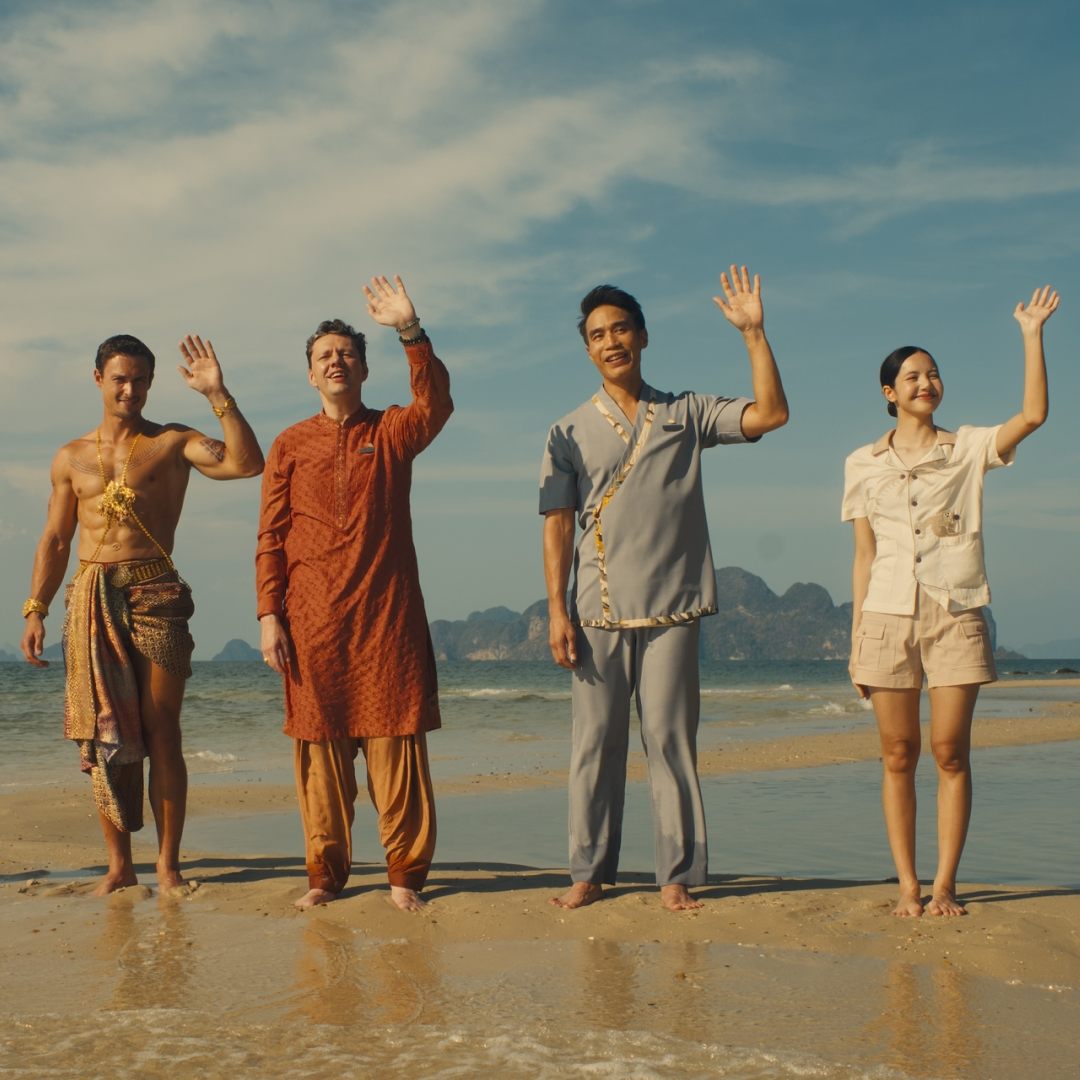 'The White Lotus' Season 4: Everything We Know
'The White Lotus' Season 4: Everything We KnowCreator Mike White has already started teasing where the next installment will be set—and who might be back.
By Quinci LeGardye Published